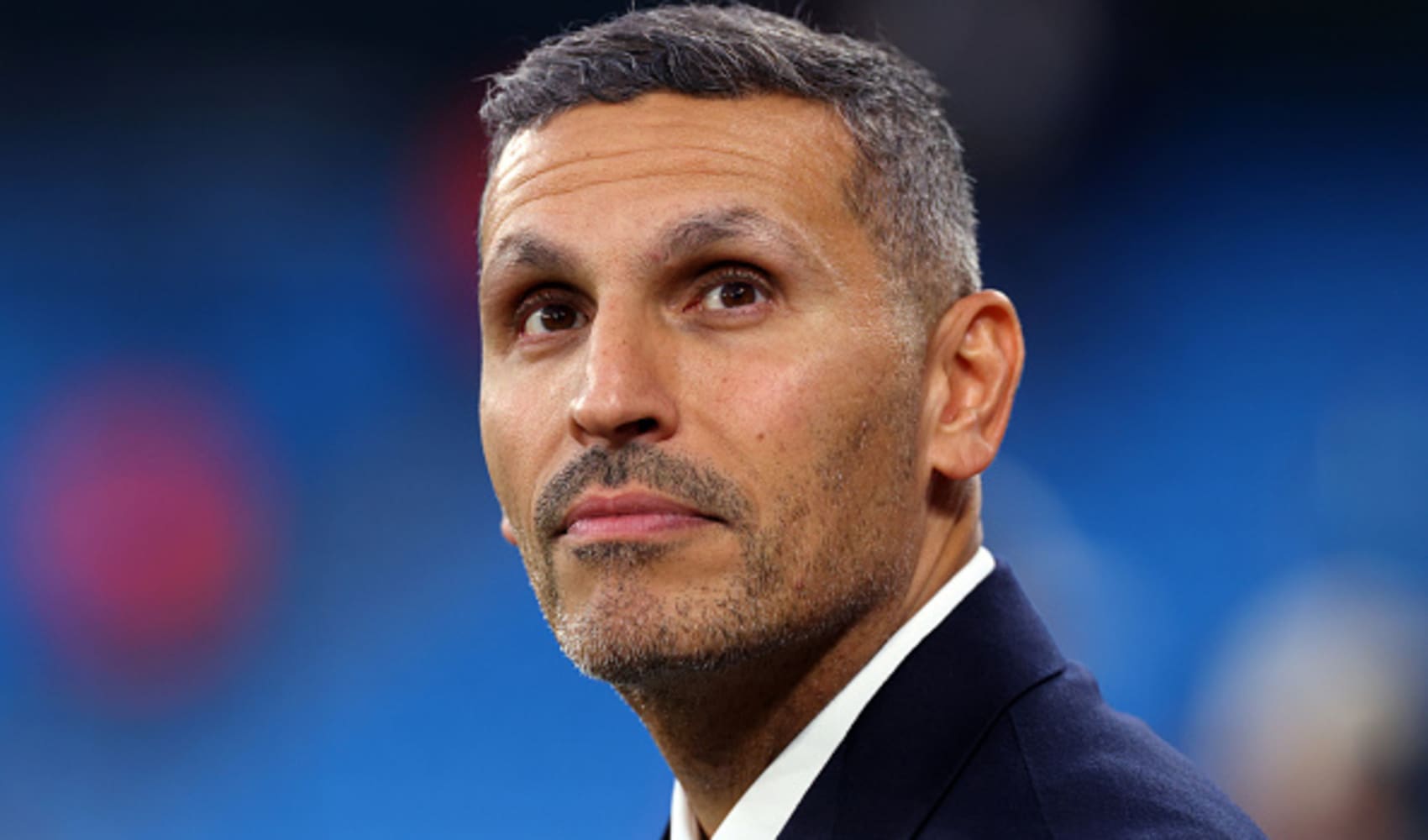
Do You Have a ‘Humpty Dumpty Portfolio’? It May Be Costing You Thousands
When Rick Ferri, a financial advisor and founder of Ferri Investment Solutions, recently saw a new client's portfolio, it conjured a familiar image: a comic by retirement planner Aaron Brask featuring Humpty Dumpty.
In it, an intact egg sitting on the wall is labeled as a total market portfolio with an expense ratio of 0.04%. Up comes a villainous financial planner who pushes Humpty off the wall. When he's glued back together again, Humpty is now made up of several types of investments rather than one fund.
The advisor, now labeling the egg as a "diversified portfolio," is charging 1%.
It may not be the world's funniest comic, but it's one worth paying attention to, especially if you work with a financial advisor. What the comic describes and what Ferri saw in his client's portfolio is all too common in the financial planning world: advisors justifying high fees by making simple strategies seem complicated.
"Complexity is advisor job security," Ferri told CNBC Make It. "You can't use too few funds because clients will realize they don't need you anymore."
Here's how to know if you're in a "Humpty Dumpty portfolio" and why it's essential to keep your investing costs as low as possible.
What is a 'Humpty Dumpty portfolio'?
Money Report
Generally, financial pros will tell you to invest in a low-cost, broadly diversified portfolio. One easy way to accomplish this is to invest in index mutual funds or exchange-traded funds, which seek to track and match the performance of a market benchmark, such as the S&P 500.
If you purchased a so-called "total market" ETF, for instance, you'd have exposure to a portfolio representing the entire investable U.S. stock market. Vanguard charges annual expenses of just 0.03% for its version.
For someone holding both stocks and bonds, you could build an adequately diversified portfolio using four funds, says Ferri: one for U.S. stocks, one for international stocks, one for U.S. bonds and one for international bonds. "You could even get away with one or two funds," he says.
Yet in his consulting work, when fellow advisors ask for Ferri's help building model portfolios, they rarely want to keep things that simple. "My first question is, 'What's the minimum number of funds?'" he says. A common answer among advisors: "At least eight. No more than 12."
That's enough names, so that when an investor looks at the portfolio, they think they're getting a complicated strategy. In reality, its often a big swath of the market broken down into little pieces. Put those pieces back together again (with or without the help of all the king's horses) and you have exposure to the same broad market indexes, just at a higher price tag.
A total stock market fund can be split into two camps: growth stocks and value stocks. Or you could split it three ways: small-company, midsize and large-company stocks. Using those two parameters alone, you could take one diversified index fund, and split it into six smaller funds. Overall, your exposure to the market may be exactly the same — it just looks more complicated.
The best way to tell if you're in such a portfolio is if you essentially hold two "halves" of the same index, says Ferri. "If you see large growth and large value, and it's the same amount of money in both funds, you know it's BS," he says.
Why you don't want a 'Humpty Dumpty portfolio'
If you're holding a 'Humpty Dumpty portfolio,' you may still be doing a lot of the right things and are likely broadly diversified among an array of low-cost investments.
And while there's nothing wrong with paying to offload the business of investing to someone else, consider how much you may be paying.
Many advisors who manage clients' investments charge an annual fee equal to 1% of the clients' investment assets. That may not seem like a lot now, but remember: every dollar you pay in fees is money that could have been compounding alongside your investments. Over the course of your life as an investor, that can add up.
Say you put $10,000 into a total stock ETF charging 0.03% in annual expenses and earned an annualized 7% return. After 45 years, your fund would be worth more than $207,000, with you having paid a total of $908 in fees.
Now imagine you earn the same return on the same investment, but paid 1% in fees. At the end of your 45 years, you'd have less than $134,000, having forked over more than $22,000 to your advisor. That doesn't even count the fees that the funds you hold would charge you.
None of that is to say that an advisor can't provide valuable investing guidance. But weigh your options before handing over a percentage of your money to someone who is replicating strategies you could create yourself.
One solution: Find a planner who is willing to take a look at your portfolio for a one-time fee. "It may be that you just want to have a conversation with a professional to make sure you're not off-track," says Ferri.
Or consider an advisor who offers a monthly subscription model. "Sometimes you just need some validation," says Ferri. "It may be worth paying a flat amount per month so you can have someone available to you when you need them."
Sign up now: Get smarter about your money and career with our weekly newsletter
Don't miss: There’s a 61% chance of recession this year, economists say—what that means for your money



